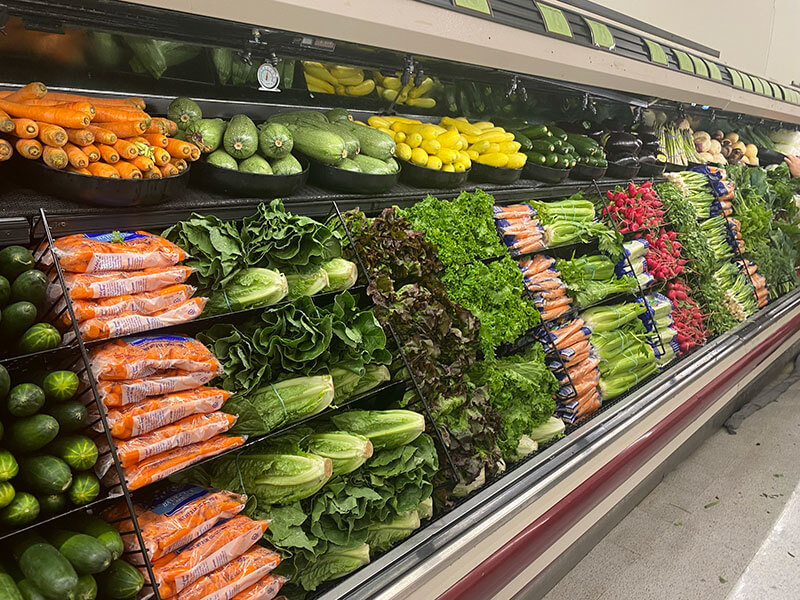by Jim Dudlicek / NGA director, Communications and External Affairs
Where are the fresh opportunities for independent grocers?
The COVID-19 pandemic brought a surge of business to grocery retailers, driven by an increase in home cooking and at-home food consumption. But did this boom impact all categories equally? What will be the lingering impact of supply chain fluctuations on product inventories?
NGA hosted a recent webinar with The Packer, which presented some of the findings of its Independent Fresh Produce Retailers Market Monitor Survey. The study quizzed grocers on their customers’ product preferences, shopping habits and buying trends and uncovered what forces will be driving the industry in the months ahead.
Sharing their insights were Dave Rhodes, director of produce and floral for Ohio-based Fresh Encounter; Giselle Alvarez, vice president of operations at Hitchcock’s Markets in Florida; and Brock Nemecek, marketing manager for fresh produce at the Farm Journal, which publishes The Packer.
Here are some key takeaways from the discussion:
The pandemic dramatically changes consumers’ shopping behavior. Responding to questions about operations at their stores over the past 18 to 24 months, 71 percent of independent grocers responding to the survey said there was a shift to more morning shopping, while 84 percent said consumers did more online shopping, from computers and mobile devices. More than 80 percent of respondents said they experienced consumers purchasing more nutritious items like fresh produce; 86 percent said they observed shoppers taking fewer trips to the store but 87 percent said they thought consumers were spending more on each trip.
Cost is on the rise. Slight increases in consumer cost for fresh produce in the past 18 months were reported by 71 percent of independent grocers; 53 percent of independents predict the cost of fresh produce to continue rising. Produce suppliers increased their rates for 64 percent of independent grocers responding to the survey; 60 percent think this trend will continue.
Inflation is expected to linger. Most independent grocers (4.96 on a scale of 7) agreed that revenues will continue to increase in the months ahead, and 5.66 agreed that the cost of goods will continue to increase.
Fresh produce has been easier for independents to keep in stock than goods in other categories during the pandemic. Independent grocers agreed (with a mean score of 5.04 on a 7-point scale) that they had an easier time meeting demand for fresh produce (versus 5.21 for chain grocers). Meanwhile, independents’ score was 3.94 for shelf-stable foods (4.98 among chains) and 3.59 for non-food products (4.91 chains). Looking to the future, independents ranked their confidence in the fresh produce supply chain at 7.35 out of 10 (8.28 for chains).
It’s a SNAP. Independent grocers are leading the charge with nutrition incentive programs designed to stimulate the sale of fresh produce. Among survey respondents, 61 percent of independent grocers have implemented SNAP, produce prescription or dairy incentive programs in their stores, compared to 20 percent of chain grocers and 21 percent of wholesalers.
Pandemic protocols persist. Safety protocols (masks, cleaning, etc.) are the most likely COVID-inspired change to be continued from past to future, with 87 percent responding that such measures will continue into the foreseeable future. Additionally, grocers will continue to offer “quick and convenient” foods and online shopping.
To hear the exclusive retailer insights from this webinar, along with all the webinars in the series, visit https://nga.sclivelearningcenter.com/MVSite/default.aspx.

